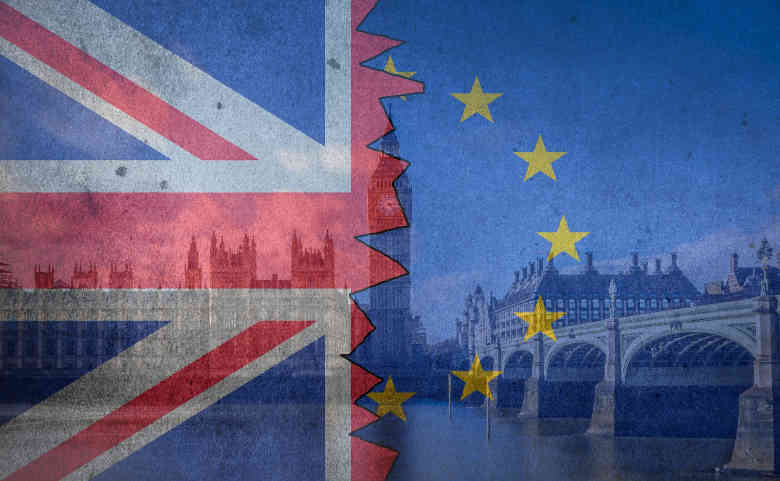The Telegraph, September 27, Professor Patrick Minford
It seems any stick will do to beat up on the Government’s new fiscal package. Seeing that there is no logic in attacking fiscal solvency, because the Chancellor has explicitly committed himself to it, the mob of critics have fastened on the fall in sterling as the “canary in the coal mine” that denounces the policy’s viability.
Yet we are not on a fixed exchange rate. Nor are we, as in September 1992, in the EU’s Exchange Rate Mechanism. Indeed, on that famous “Black Wednesday”, September 16, 1992, the Treasury had to withdraw from the ERM and rapidly set up a “Panel of Forecasters”, known as the Six Wise Men, to plot the policy way ahead. I was a member of it and in spite of all the fears that we would enter a world of high inflation, uncontrolled interest rates and eventual recession, the economy recovered well from a disastrous episode, persuading the government that never again must we tie policy to an exchange rate target.
Yet here we are, thirty years later, with commentators crying out that there is a sterling crisis because the exchange rate has fallen since last Friday’s budget. Why would they say such a thing? Sterling is a market price reacting to events and policies, not a target of policy. The fact that the pound is falling needs to be understood in terms of the policies now being pursued and the context surrounding them. Once we have this understanding, we can ask if policies need to react, and if so how.
Click here to read the piece in full.

